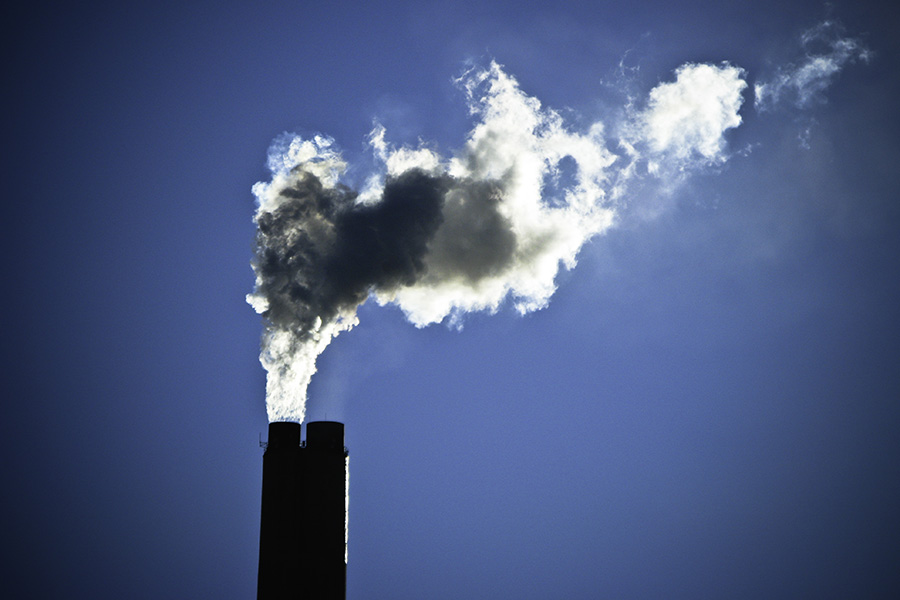
Published :
Updated :

Bangladesh may lose 1.7 per cent of Gross Domestic Product (GDP) annually by 2037 if it fails to adapt to the effects of a 3°C global warming, said a new report on Wednesday.
In addition, in the long run, GDP may decline by 7.6 per cent every year as a result of not being able to adapt to this climate-change impact.
Labour supply and productivity are estimated to decline by 46 per cent by 2080 in the country unless workers and employers are able to fully adapt to the changing climate.
The report by Grantham Research Institute on Climate Change, and the Environment and Centre for Climate Change Economics and Policy authored by Lucia Letsch, Shouro Dasgupta, and Elizabeth Robinson, analysed the impact of climate change on working conditions in Bangladesh and provided some concerning predictions.
Though adaptation options exist, and while there are several policies and frameworks for labour protection in place, their enforcement is currently weak, due in part to a lack of transparency, inefficient institutions, and corruption, it said.
"Bangladesh is witnessing alarming levels of climatic variability, particularly heatwave and heat stress that significantly impact human health, labour productivity and straining our economy, said Dr AKM Saiful Islam, Professor and Director, Institute of Water and Flood Management (IWFM) of Bangladesh University of Engineering and Technology (BUET).
"The increasing frequency and intensity of these climate threats demand urgent action. It is imperative that we address these challenges and embark on a just transition towards economic sustainability for the future of Bangladesh," he said.
The report highlights that in June 2023, Bangladesh experienced its longest heatwave since records began in 1971, with temperatures above 40°C in many parts of the country.
The climatic conditions of Bangladesh, combined with the structure of its labour market, make the population especially vulnerable to heat stress. In 2021, 37 per cent of total employment was in agriculture, and 22 per cent in industry. These workers are highly exposed to the negative effects of heat stress.
Excessive exposure to heat has adverse effects on health, leading to organ damage, heat stroke, and even death in the worst-case scenario.
Slowing down their work, taking more breaks, having impaired mental capacity, making errors more frequently, and reducing the capability of workers to carry out physical work, are all ways that heat stress can negatively affect productivity.
Both economic output and individual wages can be affected by productivity loss, harming local economies and communities. This will have negative effects on Bangladesh's national output, on individual incomes, and on efforts to attain Sustainable Development Goals (SDG), the report further predicted.
Rising temperatures may also change the distribution of the workforce across sectors. Migration in Bangladesh has followed a trend from rural to urban areas in recent years.
This rapid urbanisation can act as a multiplier of the negative impacts of climate change, as it may contribute to the heat island effect of large cities and put more people at risk of heat stress.
In Dhaka, the population density increased by 76.6 per cent between 2001 and 2017, which was found to have significantly increased the temperature in the city. The average temperature is 3°C higher in Dhaka city compared to its surrounding.
The report also highlighted that possible adaptation options include changing working conditions (which could be cooling and hydration breaks, changing working hours, and access to cooling indoors), adjusting building designs, climate smart urban planning, and mechanisation.
Better data on how heat is harming worker health and reducing labour supply and labour productivity can help, along with regulations that align worker and employer incentives.
The report also emphasised that climate change action, including economic reforms towards a low-carbon economy, is also likely to affect the labour market by causing significant labour reallocation that may interact with adaptation efforts in complex and possibly contradictory ways.
Hence, without just transition policies in place, there is a high risk that unemployment will rise and that poverty and inequality will increase.
Measures to ensure that the transition to a low-carbon economy is just may include creating new job opportunities, retraining workers, and ensuring the protection of the labour force, including migrant workers and informal workers.
arafataradhaka@gmail.com


 For all latest news, follow The Financial Express Google News channel.
For all latest news, follow The Financial Express Google News channel.